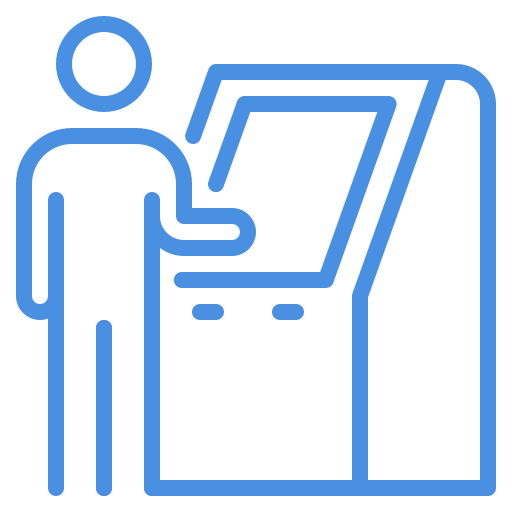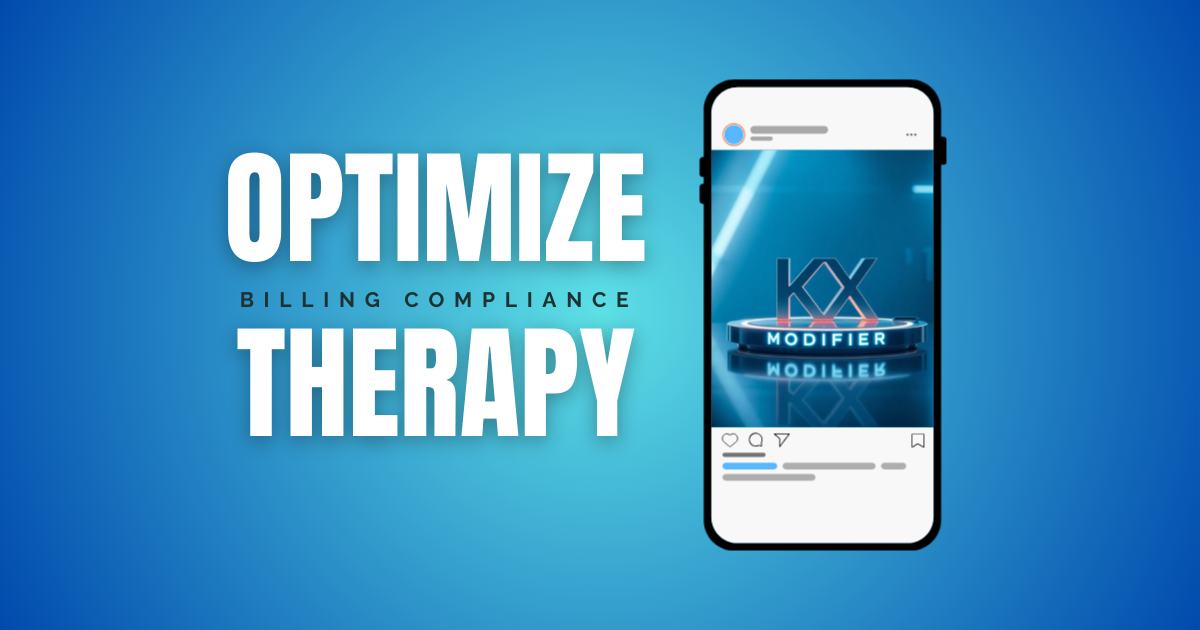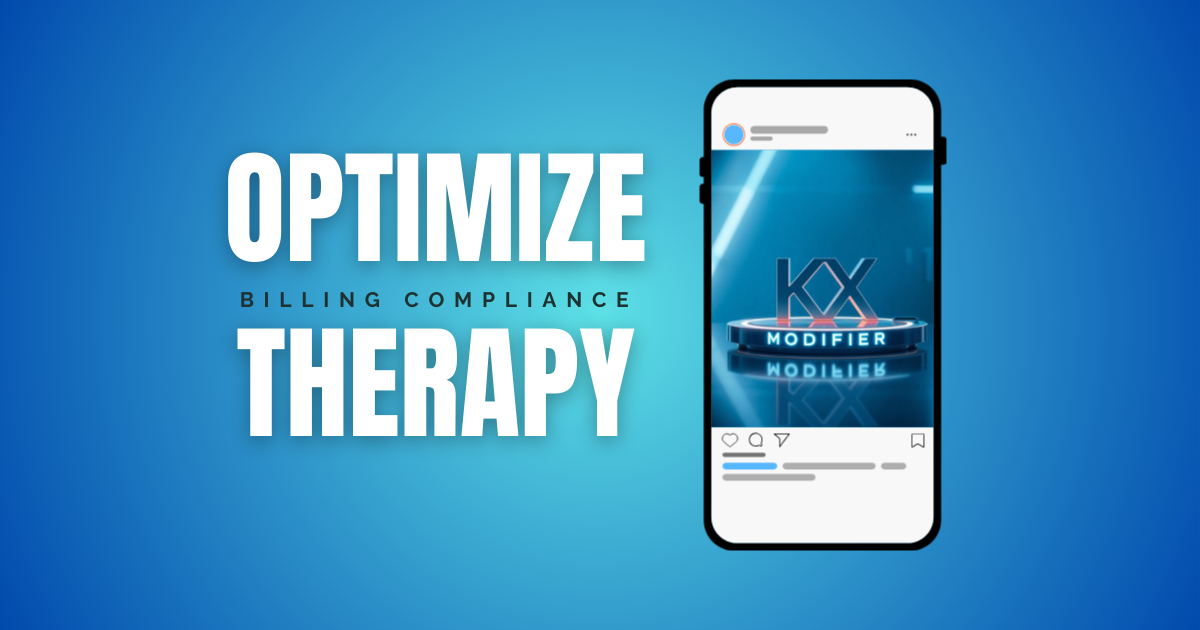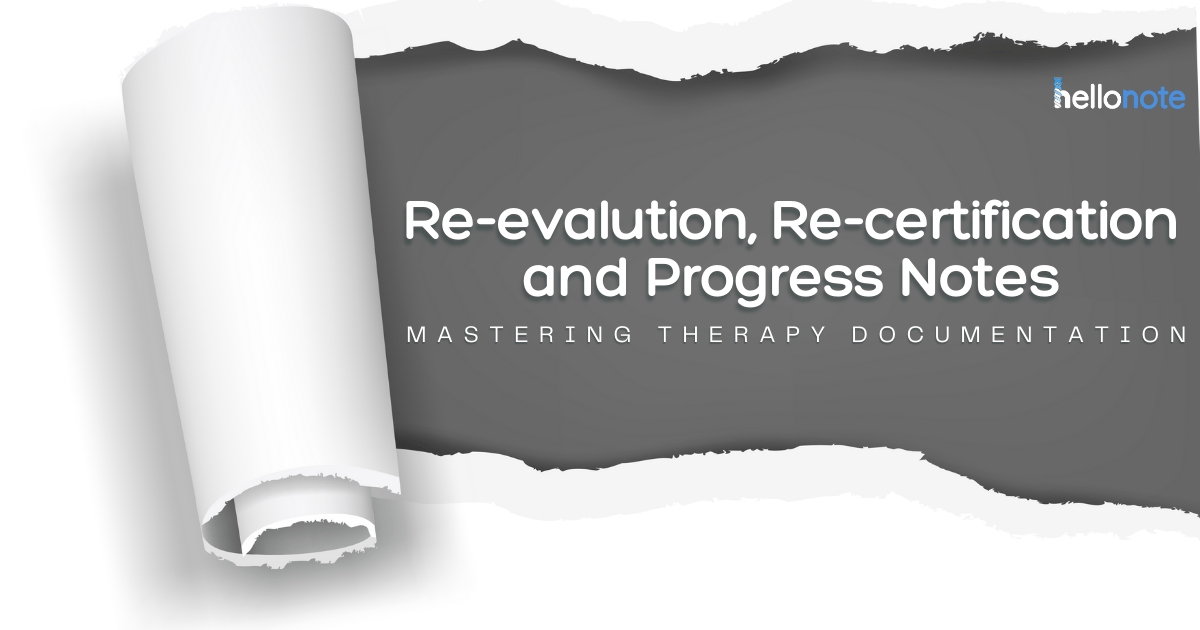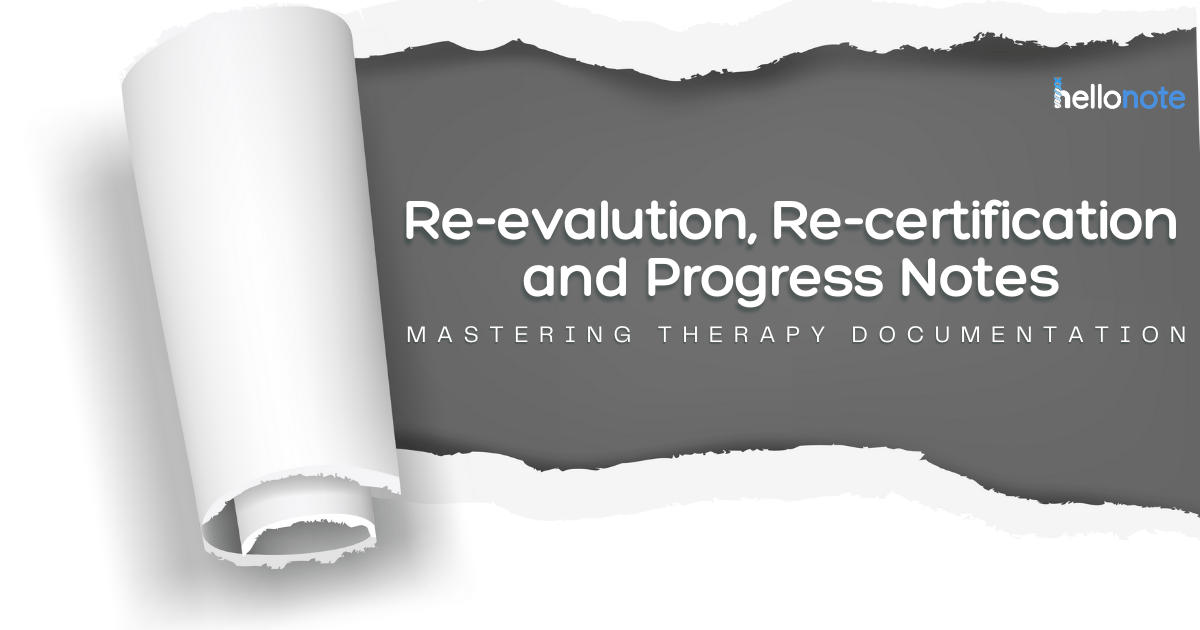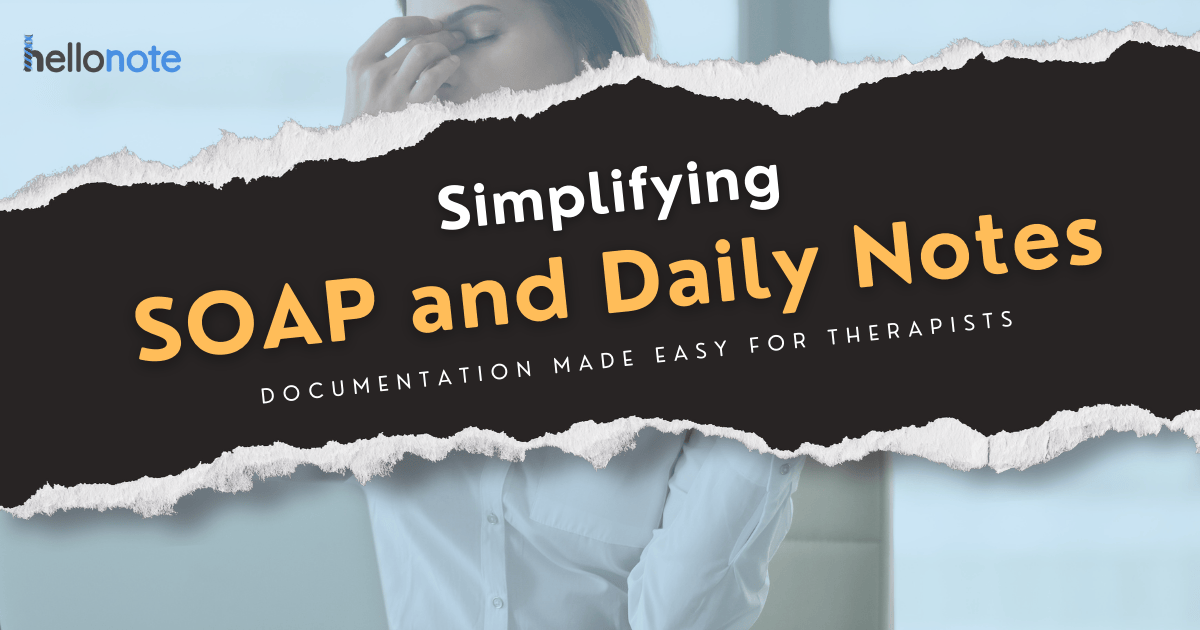Best EMR Software with Customization Options for Therapy Practices
Looking for the best EMR software with customization? Discover top solutions designed for therapy clinics, offering flexible templates, automated billing, and seamless scheduling to enhance documentation and compliance.

Why Therapists Need EMRs That Work for Their Specific Needs
Therapists know that their workflows, documentation needs, and billing processes are very different from those of general healthcare providers. Yet, many Electronic Medical Record (EMR) systems are built with a one-size-fits-all approach, often designed for broader healthcare use rather than for therapy-specific workflows.
To provide efficient, high-quality patient care while maintaining compliance and financial stability, therapists need the best EMR software with customization options for therapy practices. These solutions allow them to tailor documentation templates, billing features, scheduling, and reporting to match their specialized therapy needs.
Why Customization Matters for Therapy Practices
Unlike general medical fields, rehabilitation therapy requires detailed, goal-oriented documentation, progress tracking over time, and insurance compliance for therapy-specific billing rules. Without an EMR that offers customization options, therapists may find themselves wasting time on workarounds, leading to inefficiencies, documentation errors, and claim denials.
Key Benefits of Customizable EMRs for Therapy Practices:
-
- Specialized Documentation Needs – PTs, OTs, and SLPs require evaluation templates, functional assessments, and goal-tracking tools that general EMRs may not provide.
-
- Efficient Billing & Insurance Support – Therapy billing involves unique CPT codes, modifiers, and compliance rules, such as the 8-minute rule and Medicare therapy cap tracking.
-
- Custom Scheduling & Session Types – Therapy clinics often schedule recurring appointments, group sessions, and family-linked visits, requiring flexible scheduling tools.
-
- Outcome Tracking & Reporting – Value-based care models demand customizable progress reports that align with patient goals and payer requirements.
With a customizable EMR system, therapists can streamline their practice operations, spend less time on paperwork, and focus more on delivering quality patient care.
Best EMR Features for Therapy Documentation & Compliance
A therapy-focused EMR should include:
-
- Pre-built therapy templates with customizable fields for PT, OT, and SLP specialties.
-
- Goal tracking and outcome measures that align with Medicare, insurance, and compliance standards.
-
- Voice dictation and mobile access for on-the-go documentation.
- How Custom EMRs Improve Therapy Billing & Insurance Compliance
A customizable EMR should offer:
-
- Automated CPT coding and modifier suggestions, including Medicare 8-minute rule compliance.
-
- Seamless claim submissions with built-in insurance verification.
-
- Reporting dashboards for denial tracking and revenue cycle insights.
Best EMR Scheduling Features for Therapy Clinics
Therapy clinics require flexible scheduling tools that support:
-
- Automated scheduling for recurring therapy sessions.
-
- Group therapy and multi-provider scheduling.
Best Customization Features in EMR Software for Therapy Practices
- Specialized Documentation Templates
Therapists need customizable templates that align with their clinical workflows, including:
-
- Evaluations tailored for PT, OT, and SLP assessments (e.g., ROM testing, cognitive assessments, swallowing evaluations).
-
- SOAP notes designed for therapy-specific interventions rather than generic medical charting.
-
- Functional outcome measures tracking patient progress over time.
Example: A pediatric occupational therapist can create a custom evaluation template that includes sensory integration assessments, fine motor skill tracking, and parent-reported concerns, ensuring thorough and relevant documentation.
- Flexible Billing & Insurance Compliance
Billing in therapy practices requires more than just basic coding. The best EMR software with customization options should include:
-
- Auto-population of therapy-specific CPT codes and modifiers to prevent errors.
-
- Automated 8-minute rule calculations to ensure compliance with Medicare billing guidelines.
-
- Integrated insurance verification tools to check patient coverage before appointments.
Example: A physical therapist using a customized EMR billing system can automatically apply CPT code time-based calculations to avoid underbilling or claim rejections.
- Adaptive Scheduling for Therapy Workflows
Unlike traditional medical offices, therapy clinics require more advanced scheduling capabilities, such as:
-
- Recurring appointment settings for patients with long-term therapy plans.
-
- Group therapy scheduling with shared or individual documentation.
-
- Family-linked records to manage pediatric and multi-member therapy sessions.
Example: A speech therapist working with pediatric patients can use custom scheduling tools to link parent contacts, school-based therapy sessions, and home-based visits all under one patient profile.
- Automated Progress Tracking & Goal Management
Therapists rely on goal-based treatment planning, which means EMRs should support:
-
- Objective goal tracking (e.g., mobility improvements, speech articulation scores).
-
- Automated progress reports that adjust based on patient improvements.
-
- Built-in clinical outcome measure templates to meet payer and regulatory requirements.
Example: A PT tracking post-surgical recovery can generate automated progress reports showing range of motion improvements over time, ensuring insurance compliance and accurate patient monitoring.
- Custom Reporting for Data-Driven Decisions
Therapy clinics need custom reporting tools that provide valuable insights into both patient care and business performance, including:
-
- Patient progress reports for payers and referring physicians.
-
- Billing and revenue tracking for financial planning.
-
- Compliance and authorization tracking to ensure documentation meets payer standards.
Example: A therapy clinic owner can customize reports to monitor insurance claim trends, authorization limits, and revenue cycle efficiency, ensuring financial stability.
How HelloNote Supports Customization for Therapy Practices
At HelloNote, we understand that therapists need an EMR that adapts to their workflows, not the other way around. Our platform is built specifically for PT, OT, and SLP professionals, offering:
-
- Customizable therapy documentation templates – Prebuilt SOAP notes, evaluations, and functional assessments that can be tailored to your specialty.
-
- Integrated billing tools with therapy-specific compliance features – Automatic 8-minute rule calculations, CPT code optimization, and seamless insurance claims management.
-
- Flexible scheduling designed for therapy practices – Recurring sessions, family-linked scheduling, and group therapy support.
-
- Goal-based progress tracking and automated reporting – Helping therapists measure patient outcomes efficiently.
-
- Comprehensive business and compliance reporting – Making it easy to track financial performance, manage authorizations, and meet payer documentation standards.
The Future of EMRs: A More Adaptive Approach for Therapists
As therapy practices continue to evolve, EMR systems must become more flexible and customizable. The days of generic, one-size-fits-all platforms are fading, as specialized therapy practices demand solutions tailored to their unique workflows.
Key Takeaways:
-
- Therapists need EMRs with customization options for documentation, billing, and scheduling.
-
- Flexibility in EMRs improves compliance, efficiency, and patient outcomes.
-
- Specialized EMRs like HelloNote are designed to support therapy professionals without unnecessary workarounds.
By choosing the best EMR software with customization options for therapy practices, therapy clinics can improve efficiency, enhance patient care, and streamline practice management—ensuring long-term success in an increasingly complex healthcare landscape.
Get Started Today!
Discover how HelloNote can transform your therapy practice. Book a Free Demo Now!





